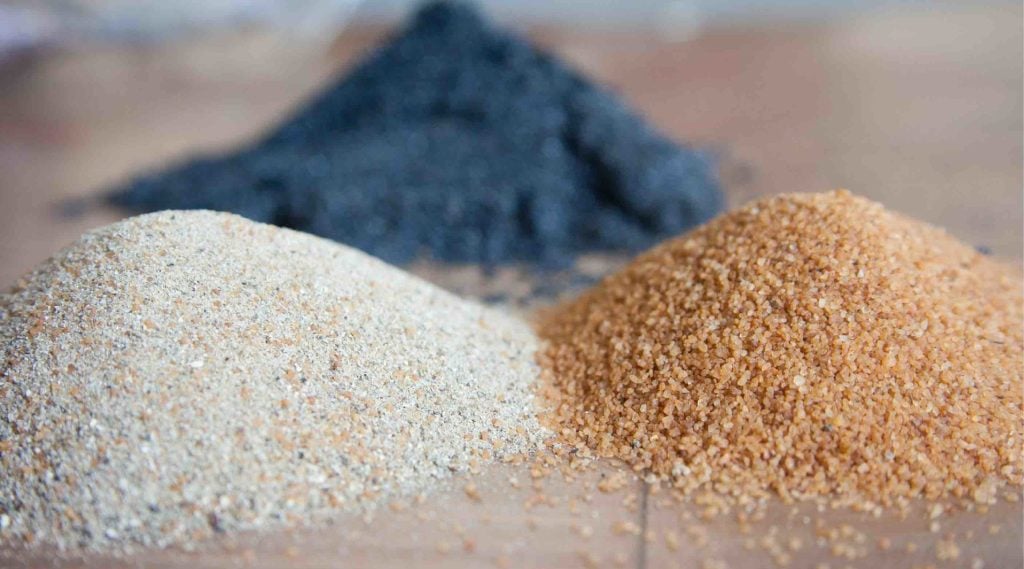
The size of silica sand particles plays a crucial role in how the material performs across industries. Whether you’re building durable structures or operating high-temperature furnaces, it directly affects strength, filtration, and stability. This article outlines the different size categories, their characteristics, and how each grade benefits specific industries.
understanding this product
The product size refers to the individual grain diameter of it, ranging from large particles (coarse) to ultrafine powder. Industries sort and grade silica sand to meet performance requirements in concrete mixes, glass melting, oil extraction, and more.
Silica Sand Size Categories
Coarse Silica (1–2 mm)
Used in: Drainage layers, road base, heavy-duty concrete
Advantage: Promotes fast water flow and adds bulk strength
Medium Silica (0.25–1 mm)
Used in: Sandblasting, filtration, construction adhesives
Advantage: Balances density with flowability
Fine Silica sand size (0.1–0.25 mm)
Used in: Paints, sealants, thin screeds, insulation boards
Advantage: Creates smooth finishes and consistent bonding
Ultrafine Silica (<0.1 mm)
Example: Micro Silica DSF92
Used in: High-performance concrete, rubber compounds, polymers
Advantage: Enhances durability, reduces micro-cracking, and boosts elasticity
Why Size Matters
Each application demands a different silica sand size:
Larger particles increase bulk density and drainage.
Finer particles improve chemical reaction rates and reduce porosity.
Uniform sizes help ensure predictable performance in filtration or casting.
Choosing the wrong size can lead to performance failure, such as cracking in concrete or weak molds in foundry work.
Comparison Table
Silica Sand Size Range | Industry Use | Key Benefit |
|---|---|---|
1–2 mm | Civil works, concrete bed layers | Strength and fast drainage |
0.5–1 mm | Filters, blasting | Flowability and wear resistance |
0.1–0.25 mm | Adhesives, plasters | Smooth texture of Silica sand size and strong bonding |
<0.1 mm (DSF92) | Cement additives, rubbers | High reactivity and durability |
Silica sand size in Industry Examples
In Construction:
Fine to medium grains improve cement quality and reduce shrinkage in concrete, while coarse sizes support drainage in sub-base layers.
In Refractories:
Ultrafine silica offers thermal stability and resistance in bricks and castables exposed to 1200°C+ environments.
In Metal Casting:
Uniform medium-size grains help form molds that resist heat and retain precision during high-pressure metal pours.
In Oil and Gas Wells:
Frac sand requires well-sorted, round, medium grains that can hold up under intense underground pressure.
Packaging and Handling Based on Size
Silica sand packaging depends on particle size and volume requirements:
Coarse Grades: Usually packed in 1-ton jumbo bags
Fine and Ultrafine Grades: Packed in 25 kg bags to minimize dust and contamination
Bulk Delivery: Ideal for large construction or industrial sites
Always store the product in a sealed, moisture-free location to maintain consistency in grain size and prevent caking.
silica sand size Trade Information
HS Code: 28112200
CAS Number: 69012-64-2
These codes simplify export, import, and customs processes when dealing with silica sand of different sizes.
Final Thoughts: Select the Right product Size
When you understand the role of it, you gain better control over quality, efficiency, and durability in your projects. From highways to glass factories, the right size means better results.